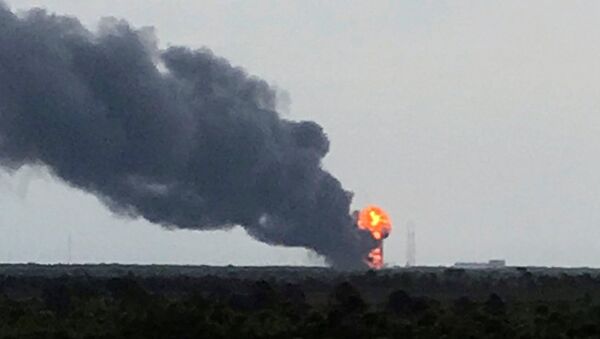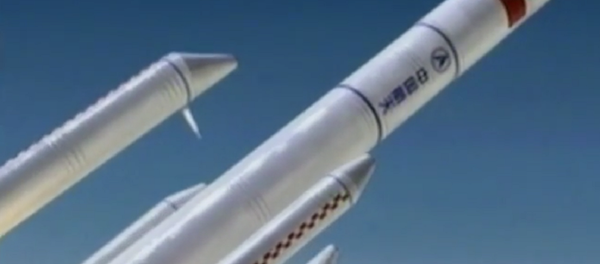SpaceX stated shortly after the explosion that it happened during fueling of the launch vehicle before a routine static fire test rather than during the test itself, and that the "anomaly" was likely caused by a breach in the rocket's cryogenic helium system.
In the latest statement, the company said that the investigation has zoomed in on a specific pressurized helium container located in the second-stage oxygen tank.
"Attention has continued to narrow to one of the three composite overwrapped pressure vessels (COPVs) inside the LOX tank," the release read.
The company intends to continue to probe for the "exact root cause" of the eruption and to develop improved helium loading conditions to make sure there's no repeat of the failure.
But given that the incident likely was caused by helium handling issues rather than a design issue with the rocket itself, SpaceX expects to return to flight operations before the end of 2016.




